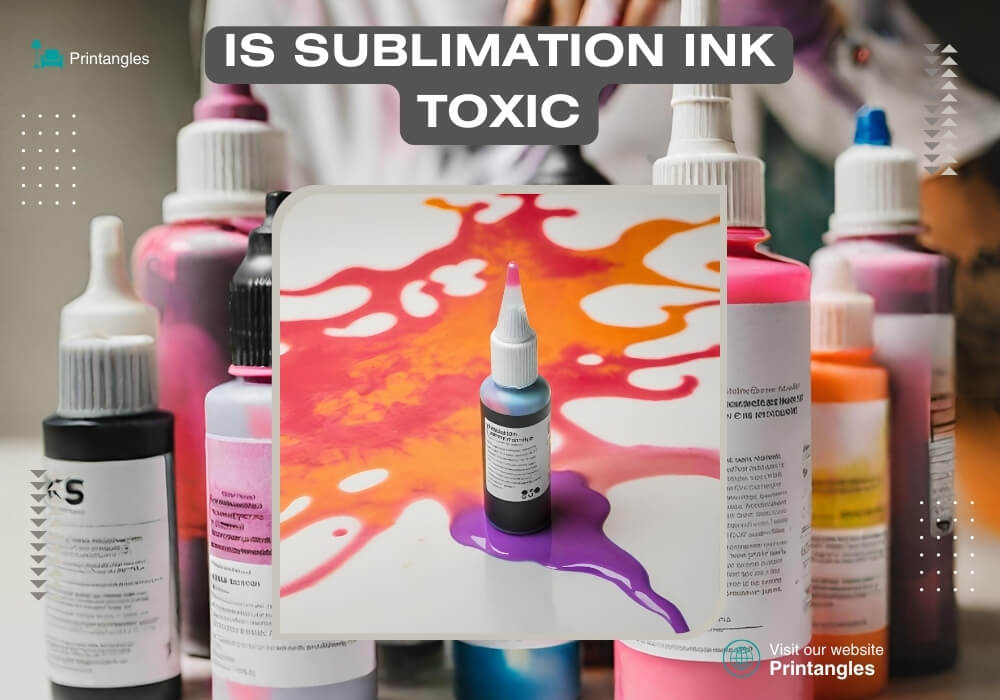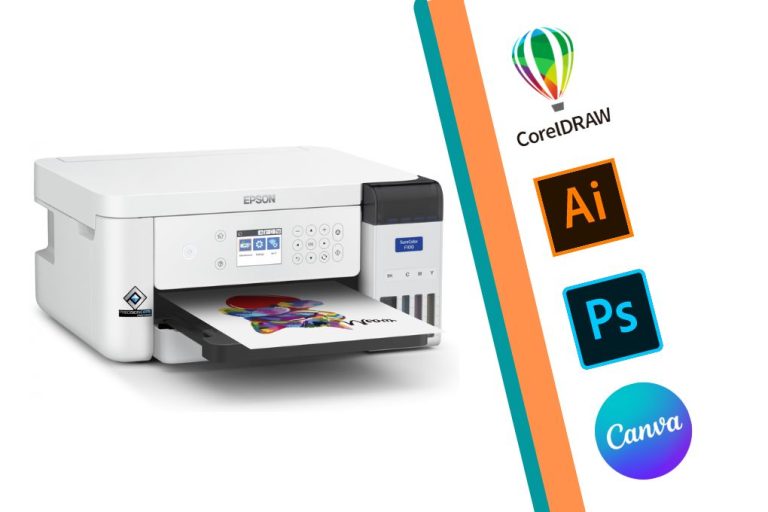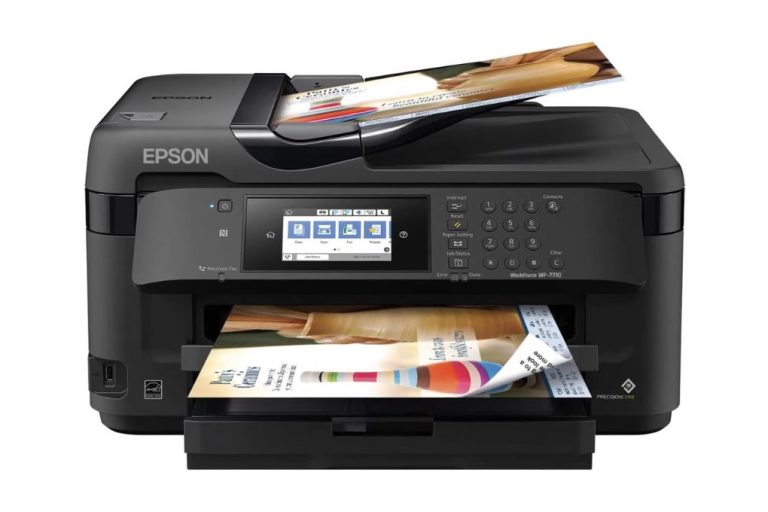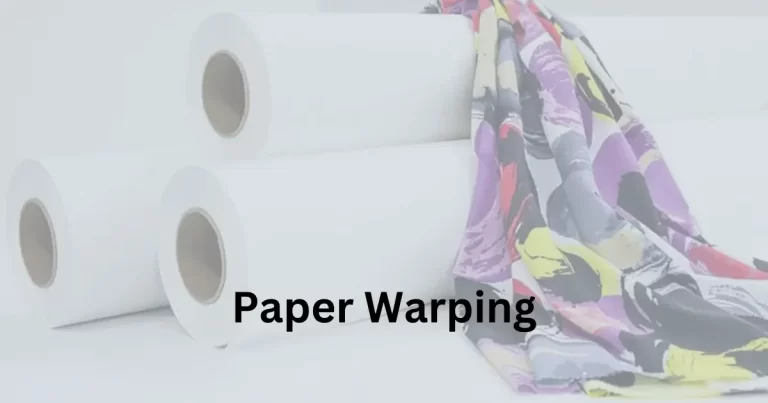Is Sublimation Ink Toxic? Really is it?

Sublimation ink has gained popularity in recent years due to its ability to produce vibrant and long-lasting prints on various surfaces. However, concerns have been raised about the potential toxicity of sublimation ink and its impact on human health and the environment.
No, sublimation ink is not toxic. It is safe to use for printing purposes.
Table of Contents
Is Sublimation Ink Toxic?
Sublimation ink is widely used in the printing industry for its ability to transfer vibrant and long-lasting colors onto various materials. However, concerns about its potential toxicity have arisen. In this comprehensive guide, we will explore the composition of sublimation ink, its potential health risks, and safety precautions to ensure a safe working environment.
Composition of Sublimation Ink:
The composition of sublimation ink can vary slightly depending on the manufacturer and specific application, but it generally consists of three main components: dyes, solvents, and additives.
Dyes:
The dyes used in sublimation ink are typically water-soluble and specifically formulated to sublimate from a solid to a gas state under high temperature and pressure. These dyes have excellent color vibrancy and durability, making them ideal for printing on various materials, such as textiles, ceramics, and metal.
Solvents:
Sublimation ink contains volatile solvents that aid in the sublimation process. These solvents help the dye molecules to vaporize and penetrate the surface of the substrate, ensuring a permanent and vibrant print. Common solvents used in sublimation ink include glycols, glycol ethers, and water.
Additives:
Additives are incorporated into sublimation ink to enhance its performance and stability. These additives can include surfactants to improve ink flow, humectants to prevent drying out, and dispersants to ensure even distribution of the dye particles. Some sublimation inks may also contain small amounts of other substances like preservatives or anti-foaming agents.
Potential Health Risks of Sublimation Inks:
It’s essential to be aware of the potential health risks associated with the use of sublimation inks. Here are some key points to consider:
Inhalation Hazards:
Sublimation inks typically contain volatile organic compounds (VOCs) that can vaporize at elevated temperatures during the printing process. These VOCs may include substances such as formaldehyde, toluene, xylene, and other chemicals. Prolonged inhalation of these vapors can irritate the respiratory system and, in some cases, lead to respiratory disorders.
Skin Contact Sensitization:
Direct contact with sublimation inks, especially for prolonged periods, can cause skin irritation and sensitization. Some individuals may develop contact dermatitis or other allergic reactions due to the chemicals present in the ink formulations. It is important to handle sublimation inks with care and use appropriate personal protective equipment (PPE) like gloves to minimize skin exposure.
Eye Irritation:
Sublimation inks, if accidentally splashed or sprayed into the eyes, can cause irritation, redness, and discomfort. Eye protection, such as safety goggles, should be worn when working with sublimation inks to prevent accidental eye exposure.
Chemical Hazards:
Certain components of sublimation inks may pose specific health risks. For example, some sublimation inks contain heavy metals like cadmium or lead-based pigments, which can be toxic if ingested or absorbed by the body. It is crucial to follow proper safety guidelines for the handling, storage, and disposal of sublimation inks to prevent environmental contamination and potential health hazards.
Work Environment Considerations:
Occupations that involve regular exposure to sublimation inks, such as printing operators and textile manufacturers, should implement adequate ventilation systems to minimize the concentration of airborne contaminants. Proper ventilation helps reduce the inhalation risk associated with VOC emissions.
Safety Precautions of Sublimation Inks:
When working with sublimation inks, it is crucial to prioritize safety to minimize potential health risks. Here are some important safety precautions to consider:
Adequate Ventilation:
Work in a well-ventilated area or use ventilation systems to minimize inhalation of volatile organic compounds (VOCs) released by sublimation inks.
Personal Protective Equipment:
Wear gloves, safety goggles, and a lab coat or apron to protect against skin and eye irritation when handling sublimation inks.
Proper Storage and Handling:
Follow manufacturer instructions for storing sublimation inks, keeping them tightly closed, away from sunlight, extreme temperatures, and out of reach of children.
Conclusion:
Sublimation ink is generally safe to use for printing purposes. However, it is important to be aware of potential health risks such as inhalation hazards, skin contact sensitization, and eye irritation. Taking appropriate safety precautions, such as adequate ventilation, using personal protective equipment, and following proper storage and handling guidelines, helps minimize these risks and ensures a safe working environment.

I’m Derrick Flora and I am the owner of Printangles.com. I am the father of 2 angles and 1 boy and I am 37 years old. I had done Bachelor in Fashion and Textile Studies from FIT State University of New York.
It’s been 7 years since when started the sublimation business. I sublimated mugs, t-shirts, canvas, and many more. And we have analyzed some things that beginners don’t apply the actual strategies to complete the project. And those strategies are making your sublimation better onto the material. What do beginners do, they just buy the sublimation printer and the heat press without knowing about them.






